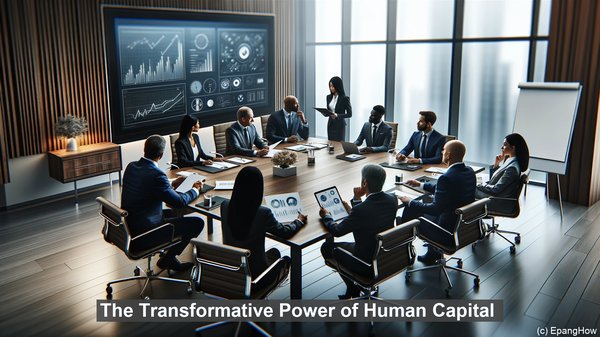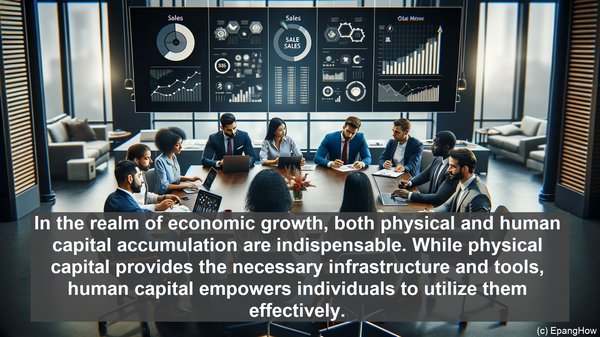Introduction: The Foundations of Economic Growth
Hello, everyone! Welcome to this insightful discussion on the contrasting aspects of physical capital accumulation and human capital accumulation. As we explore these topics, we’ll uncover how they shape economic growth and development.

Defining Physical Capital Accumulation
Physical capital accumulation refers to the process of increasing the stock of tangible assets in an economy. These assets can include machinery, infrastructure, tools, and even natural resources. It’s important to note that physical capital accumulation typically involves investment, where resources are allocated to acquire or enhance these assets.
The Role of Physical Capital in Production
Physical capital plays a crucial role in the production process. By augmenting labor, it enhances productivity and output. For instance, a factory equipped with advanced machinery can produce more goods than one relying solely on manual labor. This increased output, in turn, contributes to economic growth.
Human Capital Accumulation: A Different Dimension
While physical capital focuses on tangible assets, human capital accumulation centers around the development and enhancement of human skills, knowledge, and capabilities. It encompasses education, training, and even health. Unlike physical capital, which can be bought or sold, human capital is embodied within individuals and is often seen as an investment in oneself.
The Transformative Power of Human Capital
Human capital is a transformative force. Skilled and knowledgeable individuals can drive innovation, improve processes, and adapt to changing circumstances. Moreover, a workforce with high human capital is often more resilient and better equipped to navigate economic challenges. Thus, human capital accumulation is crucial for long-term economic sustainability.

Complementary Roles: Physical and Human Capital
It’s important to recognize that physical and human capital are not mutually exclusive. In fact, they often complement each other. For instance, advanced machinery can enhance the productivity of skilled workers, while investments in education can maximize the potential of available physical resources. The synergy between these two forms of capital is vital for holistic economic progress.
